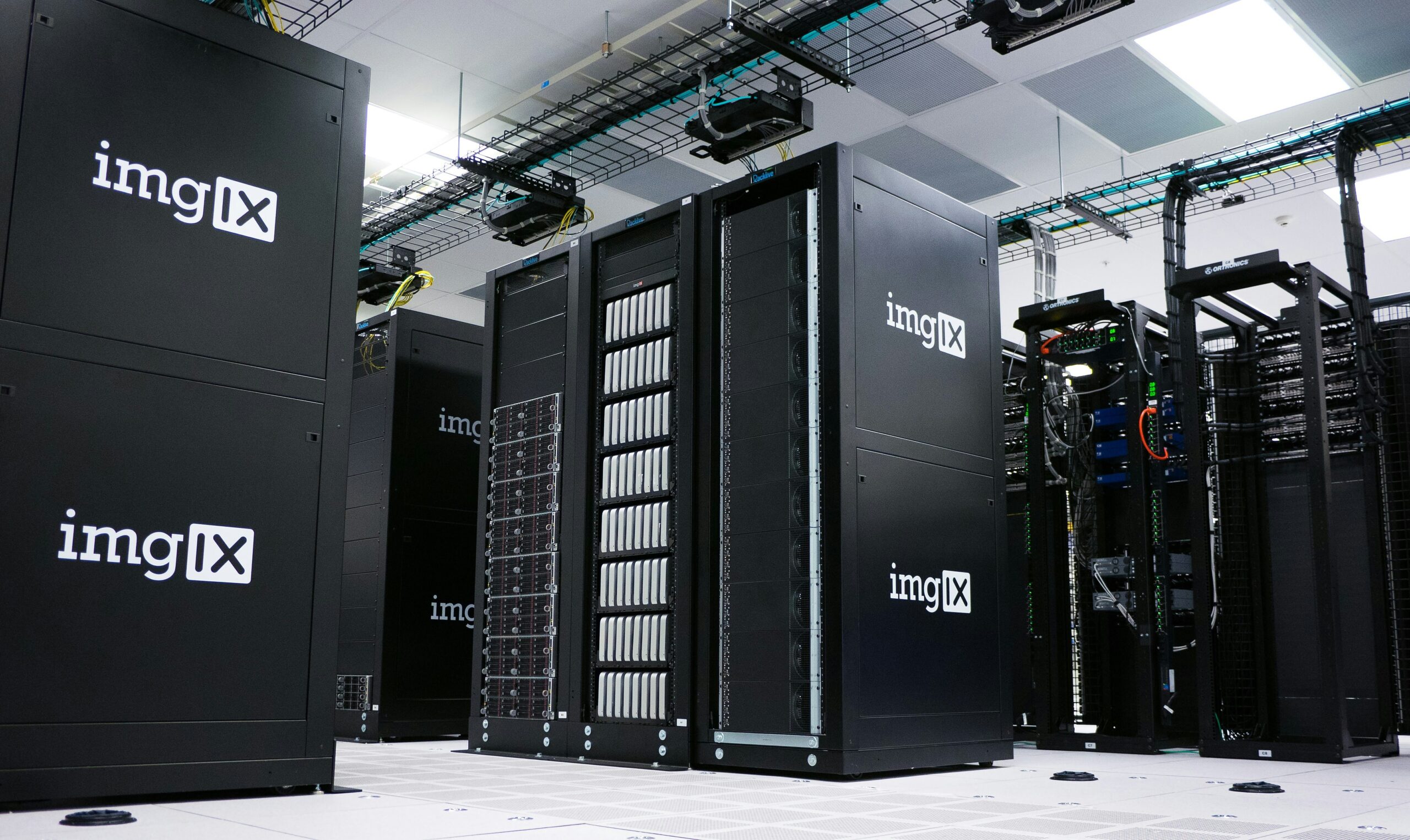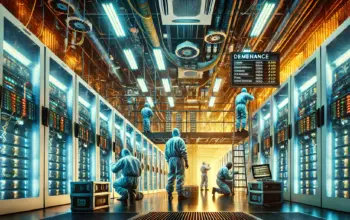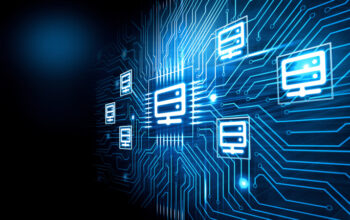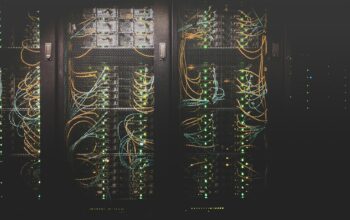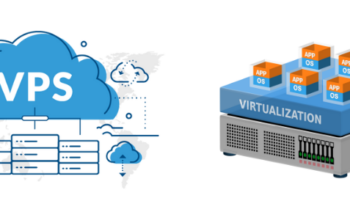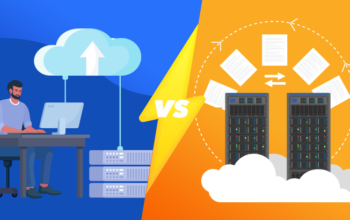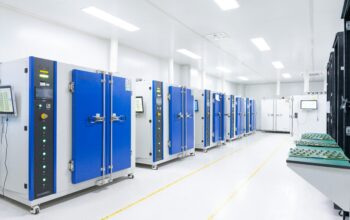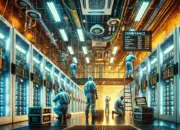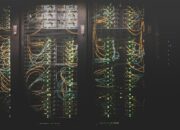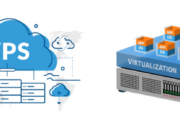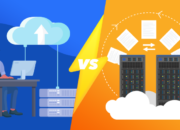Uzone.id – A data center is a physical facility in the form of a room or even a building used to house IT infrastructure to build, run, and provide applications and services.
Initially, a data center was a private facility that was strictly controlled exclusively by the company that housed it. Today, data centers have evolved into Remote facilities or a network of facilities owned by cloud service providers (CSPs).
As the size of the physical space required and the complexity of the facilities offered as the demand for data processing and storage continues to increase, the energy consumption patterns in data centers also soar.
What is Power Usage Effectiveness (PUE)?
With increasing energy consumption, operators must prioritize monitoring Power Usage Effectiveness (PUE). The ideal PUE for a data center is 1.0, which indicates that all the power consumed is used by IT equipment.
However, some data centers achieve a PUE between 1.2 and 1.8 in practice due to suboptimal equipment efficiency, inefficient cooling systems, and power loss in non-IT components.
When a data center operates, the cooling system is the most significant contributor to overall energy consumption. For this reason, it is necessary to optimize the cooling system’s performance to reduce the PUE value.
With advanced infrastructure and energy-saving technology, data centers can operate more economically to make the PUE value smaller. If the PUE value gets smaller, it indicates that the energy required to manage the data center is lower.
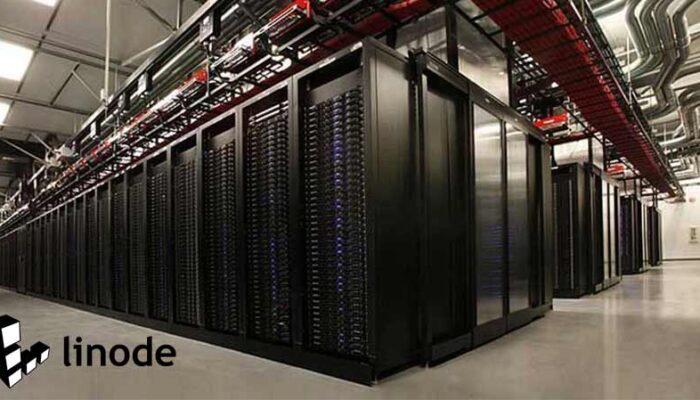
Factors that make cooling systems overload data centers
Inefficient cooling practices are the most significant factor that significantly increases energy consumption and PUE values—for example, wasting energy to maintain a low temperature in all facilities, including in areas that do not need it.
Lack of attention to the compressor system can also be fatal. Compressors can consume up to 70% of the total energy consumption in a cooling system.
In addition, few operators ignore the routine maintenance of the cooling system. Dust buildup on filters risks introducing pollutants that can damage data center equipment and overload the system.
How to make the cooling system work optimally
Seeing the significant impact of the cooling system on the data center’s PUE, optimizing this system means that the company has reduced energy consumption and PUE levels simultaneously.
One way to significantly lower the PUE value in a data center is to switch from traditional cooling systems and replace them with liquid cooling.
Studies prove that using liquid cooling can reduce facilities’ power consumption by up to 18.1 percent and the total power of data centers by up to 10.2 percent.
By improving cooling efficiency, increasing power density, and reducing operational costs, liquid cooling can help data centers become more sustainable and environmentally friendly.
Working principle of liquid cooling system
The working principle of a liquid cooler is that it has better thermal conductivity. This means that because liquids have a better ability to absorb heat than air, they are more effective at absorbing the heat generated by the electronic components inside the server.
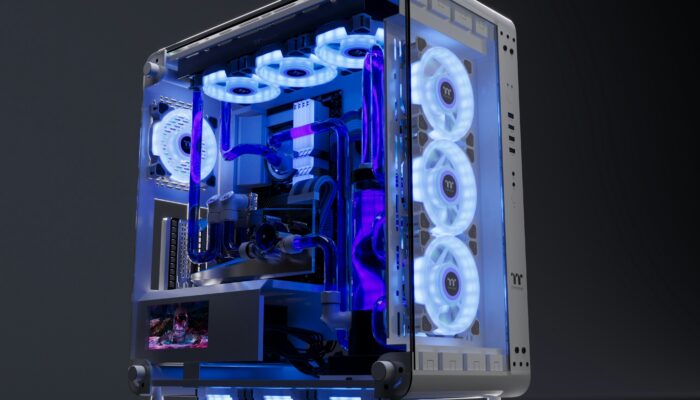
Liquids also can distribute heat more evenly than Air, reducing the risk of overheating. On the other hand, liquid cooling systems also require fewer compressors, which has directly reduced energy consumption.
The types of liquid coolants:
- Immersion cooling or electronic components that are immersed directly in a dielectric liquid.
- Direct Chip Cooling is a liquid that flows directly to the chip to provide efficient cooling.
- Cold plate cooling is liquid that flows through a cold plate and is in direct contact with hot components.
Challenges of using liquid cooling in data centers
Although it has a more effective way of reducing heat in data centers, using water coolers also poses many new challenges. First, implementing a liquid cooling system requires a considerable initial investment value.
The fluids used in the refrigeration system must also be non-conductive to protect electronic components from the risk of short circuits and are not harmful to the environment and humans. The most commonly used liquids are mineral oils, fluorinated liquids, and specialty dielectric fluids.
Lastly, liquid cooling systems require more complex maintenance than traditional cooling systems that use air because they have more components (pumps, radiators, hoses, and fluid reservoirs), liquid quality that must be maintained, and pressure in the system must be continuously monitored.

